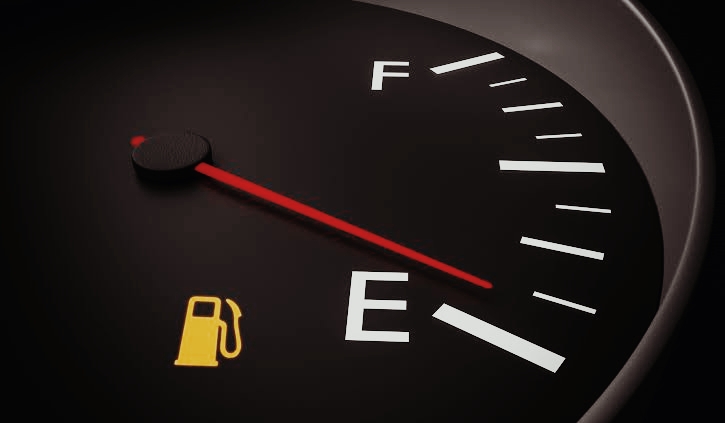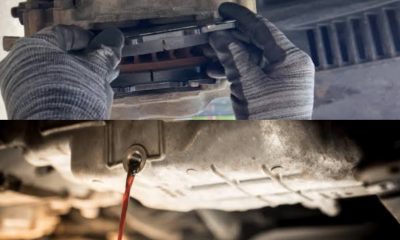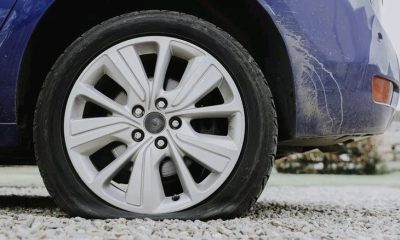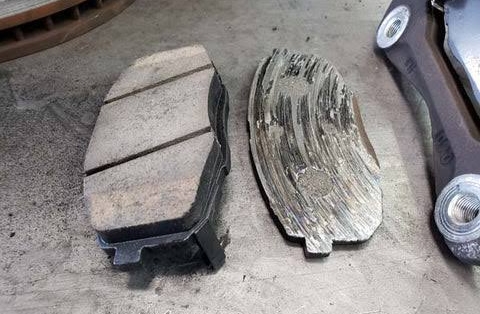Articles
How to Save Fuel and Reduce Carbon Footprint

With growing environmental concerns and rising fuel prices, eco-driving has become an essential practice for responsible drivers.
Eco-driving is a set of driving techniques that maximize fuel efficiency, reduce vehicle wear and tear, and minimize environmental impact.
By adopting these methods, you can save money at the pump while also reducing your carbon footprint.
This article explores practical eco-driving tips that will help you drive smarter, save fuel, and contribute to a cleaner planet.
1. Drive Smoothly and Avoid Sudden Movements
One of the easiest ways to improve fuel efficiency is by maintaining a smooth driving style.
How to Do It
- Avoid sudden acceleration or hard braking. Instead, accelerate gently and decelerate gradually.
- Anticipate traffic flow to reduce unnecessary stops and starts.
- Use cruise control on highways to maintain a steady speed.
Benefits
- Smooth driving improves fuel efficiency by reducing engine strain.
- It also lowers wear and tear on your brakes and tires, saving you money on maintenance.
2. Maintain an Optimal Speed
- Driving at an appropriate speed is crucial for fuel efficiency.
- Eco-Friendly Speed Range
- Most vehicles achieve peak fuel efficiency at speeds between 45–65 mph (72–105 km/h).
- Driving too fast or too slow can decrease fuel efficiency.
How It Helps
- Reducing speed on highways significantly lowers aerodynamic drag, allowing your engine to work less.
- Maintaining a consistent speed helps your car use fuel more effectively.
3. Reduce Unnecessary Idling
Idling wastes fuel and emits pollutants without serving any purpose.
What to Do
- Turn off the engine if you anticipate waiting for more than a minute, such as at a railway crossing or when parked.
- Use stop-start technology if your car is equipped with it.l
Impact
Avoiding idling saves fuel and reduces greenhouse gas emissions, making your driving more eco-friendly.
4. Keep Your Tires Properly Inflated
Underinflated tires increase rolling resistance, causing your car to use more fuel.
Steps to Follow
- Check tire pressure regularly using a tire pressure gauge.
- Inflate tires to the manufacturer’s recommended levels (found in your car’s manual or door frame).
Why It Matters
- Properly inflated tires improve fuel economy by up to 3%.
- They also enhance safety and extend the life of your tires.
5. Lighten the Load
Excess weight in your car requires more energy to move, reducing fuel efficiency.
Tips to Reduce Load
- Remove unnecessary items from your trunk or back seat.
- Avoid using roof racks or cargo boxes when not needed, as they increase aerodynamic drag.
Result
- For every 100 pounds of extra weight, fuel efficiency decreases by about 1–2%.
- A lighter car means a smaller carbon footprint.
6. Regular Vehicle Maintenance
A well-maintained vehicle runs more efficiently and uses less fuel.
Essential Maintenance Tips
- Change the oil and oil filter at recommended intervals.
- Replace air filters regularly to ensure optimal engine performance.
- Check spark plugs and fuel injectors for proper functioning.
- Keep your engine tuned to reduce fuel consumption.
Benefits
- A properly maintained engine burns fuel more efficiently, reducing emissions.
- Regular maintenance prevents costly breakdowns in the long run.
7. Plan Your Trips Efficiently
Reducing unnecessary trips or combining errands saves both fuel and time.
How to Plan
- Use apps or GPS devices to find the shortest, most fuel-efficient routes.
- Avoid rush-hour traffic whenever possible to minimize stop-and-go driving.
- Combine errands into one trip to reduce total mileage.
Outcome
Fewer trips mean lower fuel consumption and reduced carbon emissions.
8. Use Air Conditioning Wisely
- Air conditioning can significantly affect your car’s fuel economy.
- Eco-Friendly AC Usage
- Use air conditioning sparingly, as it can increase fuel consumption by up to 20%.
- At lower speeds, open windows instead of using the AC.
- On highways, keep windows closed to reduce aerodynamic drag.
9. Drive a Fuel-Efficient Vehicle
If you’re serious about reducing your carbon footprint, consider the type of car you drive.
Key Options
- Hybrid Vehicles: Combine a gasoline engine with an electric motor for better fuel economy.
- Electric Vehicles (EVs): Emit zero tailpipe emissions and run on renewable energy when charged with clean electricity.
- Smaller Cars: Compact cars typically consume less fuel than larger vehicles like SUVs or trucks.
10. Adopt Smart Technology
Modern vehicles are equipped with features that assist in eco-driving.
Tech Tools
- Eco Mode: Many cars have an “eco mode” setting that optimizes performance for better fuel economy.
- Fuel Economy Meters: Provide real-time feedback on your driving efficiency.
- Navigation Systems: Help find fuel-efficient routes and avoid traffic congestion.
Advantages
These tools make it easier to adopt eco-driving habits and monitor your fuel usage.
11. Avoid Aggressive Driving
Aggressive driving, such as rapid acceleration and frequent lane changes, wastes fuel.
- Adopt a Calm Driving Style
- Stay in your lane and maintain a steady speed.
- Avoid tailgating, as it forces unnecessary braking and acceleration.
12. Carpool or Use Public Transport
If possible, reduce the number of trips you take by carpooling or using public transport.
Why It’s Effective
- Carpooling reduces the number of vehicles on the road, lowering overall emissions.
- Using public transport can save fuel and minimize your carbon footprint.
Eco-driving is not only beneficial for your wallet but also for the environment. By following these fuel-saving tips, such as maintaining your vehicle, driving smoothly, and reducing unnecessary idling, you can significantly improve fuel efficiency and lower greenhouse gas emissions.
Additionally, adopting these practices extends the life of your vehicle and makes you a more responsible driver.
Every small change in your driving habits contributes to a bigger impact on reducing your carbon footprint. Start incorporating these eco-driving tips today to save fuel, protect the planet, and enjoy a more efficient driving experience.























